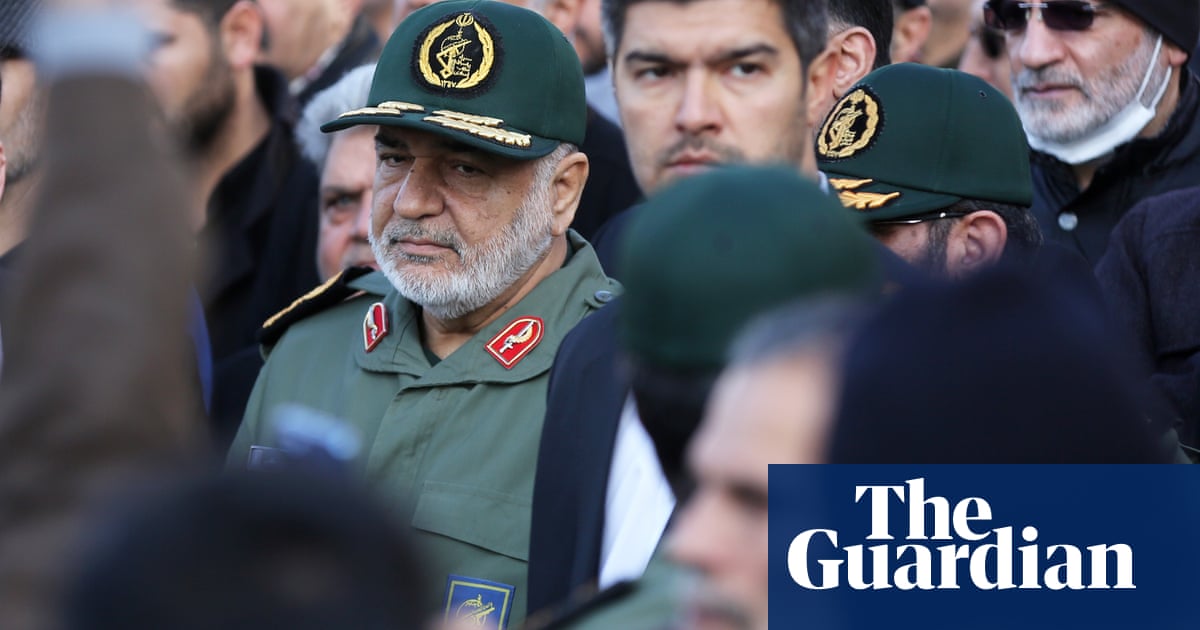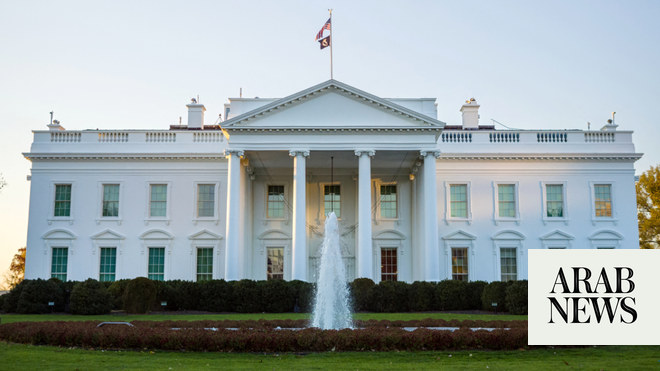
The Iranian regime has ratcheted up its threats against the US and its rivals in the Middle East. A senior Islamic Revolutionary Guard Corps (IRGC) commander last month warned that the American military presence in the Gulf is a target. Amirali Hajizadeh, head of the IRGC’s aerospace division, said: “An aircraft carrier that has at least 40 to 50 planes on it and 6,000 forces gathered within it was a serious threat for us in the past, but now it is a target and the threats have switched to opportunities.”
Gen. Morteza Qorbani, an adviser to Iran’s military command, followed this up by warning of the secret weapons it claims to possess. “America is sending two warships to the region. If they commit the slightest stupidity, we will send these ships to the bottom of the sea along with their crew and planes using two missiles or two new secret weapons,” he said.
Although it is Iran’s senior military generals who are currently escalating their threats of war in the region, in the past other regime loyalists have done the same. For example, Ali Reza Farqani, the editor-in-chief of Iran’s Arman newspaper and a former prime minister who previously warned of mass kidnappings and the killing of US citizens, last year emphasized in an editorial that Iran “needs a foreign war” and that “war is a blessing.”
Nevertheless, it is crucial to point out that such threats are mostly political posturing and a tactic for psychological warfare because issuing threats of direct war is not an uncommon phenomenon in the context of the Iranian regime’s political discourse.
The regime’s modus operandi is not to launch a direct war but to deploy third parties, such as its militias, proxies and terror groups, and carry out cyberattacks against the US or countries in the region that Tehran views as its enemies.
This is due to the fact that any direct military confrontation initiated by the Islamic Republic would be suicidal for the ruling mullahs. The senior cadre of the IRGC know that, when it comes to comparing their military capabilities with the US, Washington undeniably comes out on top in every aspect. According to the 2019 Global Fire Power report, which ranks countries based on their military might, the US has the most powerful military in the world. The US has nearly 1.3 million active military personnel, 860,000 reserves and a total available manpower of 144 million, while the Iranian leaders have about 523,000 active, 350,000 in reserve and 47 million available.
The regime’s modus operandi is not to launch a direct war but to deploy third parties, such as its militias, proxies and terror groups, and carry out cyberattacks against the US or countries in the region that Tehran views as its enemies.
Dr. Majid Rafizadeh
In addition, the US — whose air and naval forces are the most powerful in the world — indisputably dominates and outstrips Iran’s forces. It has nearly 15 times more aircraft than Iran, with more than 12,000 compared to Tehran’s 850.
In addition, the Iranian leaders are aware that, if they attack the US, some of Washington’s allies in the region would almost certainly come to its aid. As a result, the Islamic Republic would prefer to hide behind its militias and proxies and engage in cyberwarfare. As Abdollah Araqi, the IRGC’s deputy commander of ground forces, has said: “We have armed ourselves with new tools because a cyber war is more dangerous than a physical war.”
This is why Iran is investing significantly in arming its militias and advancing its cyber program. The Israeli-based Institute for National Security Studies stated in 2016 that: “The IRGC clearly makes the country one of the best and most advanced nations when it comes to cyberwarfare. In a case of escalation between Iran and the West, Iran will likely aim to launch a cyberattack against critical infrastructures in the United States and its allies, (targeting) energy infrastructure, financial institutions, and transportation systems.”
The US and its allies ought to be aware of Iran’s cyberattacks at this time of heightened tensions. In November 2018, two people based in Iran were accused of being behind a series of cyberattacks on US targets, which included crippling the city of Atlanta’s government by targeting its hospitals, schools, state agencies and other institutions. Data from these major institutions was held hostage in exchange for ransom payments. According to Brian Benczkowski, the head of the criminal division of the Justice Department, the individuals “deliberately engaged in an extreme form of 21st-century digital blackmail, attacking and extorting vulnerable victims like hospitals and schools — victims they knew would be willing and able to pay.”
The Justice Department also indicted seven Iranian citizens for distributed denial of service attacks against 46 companies mainly in the banking and financial sectors. In addition, US intelligence concluded that the Islamic Republic was behind the “Shamoon” virus that targeted the computers of Saudi Arabia’s Aramco oil corporation in 2012.
In a nutshell, Iran’s leaders are aware that direct war with the US would be suicidal for the regime. As a result, Tehran’s modus operandi for confronting America is to hide behind its militias and carry out cyberattacks.
Dr. Majid Rafizadeh is a Harvard-educated Iranian-American political scientist. He is a leading expert on Iran and US foreign policy, a businessman, and president of the International American Council. Twitter: @Dr_Rafizadeh












